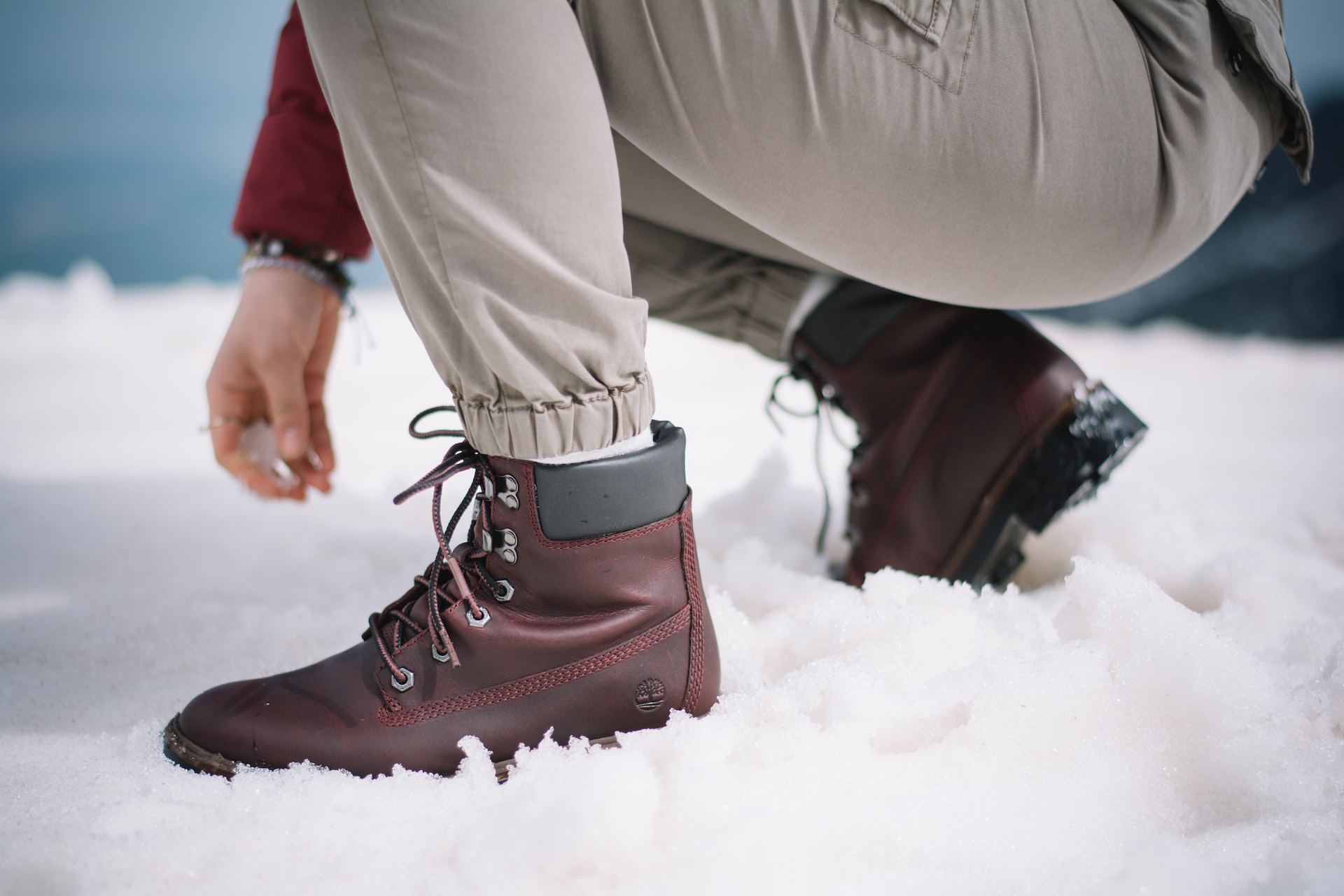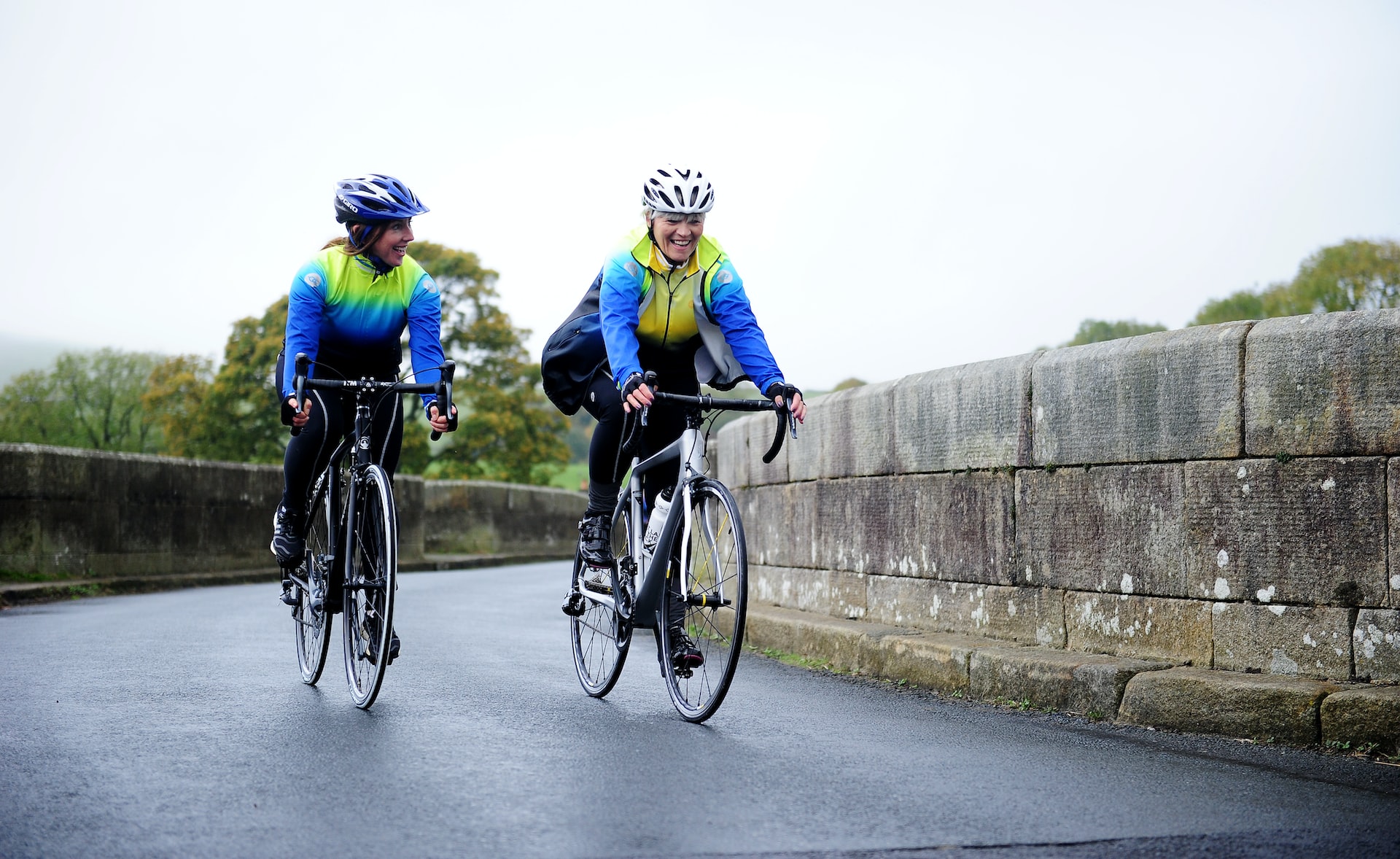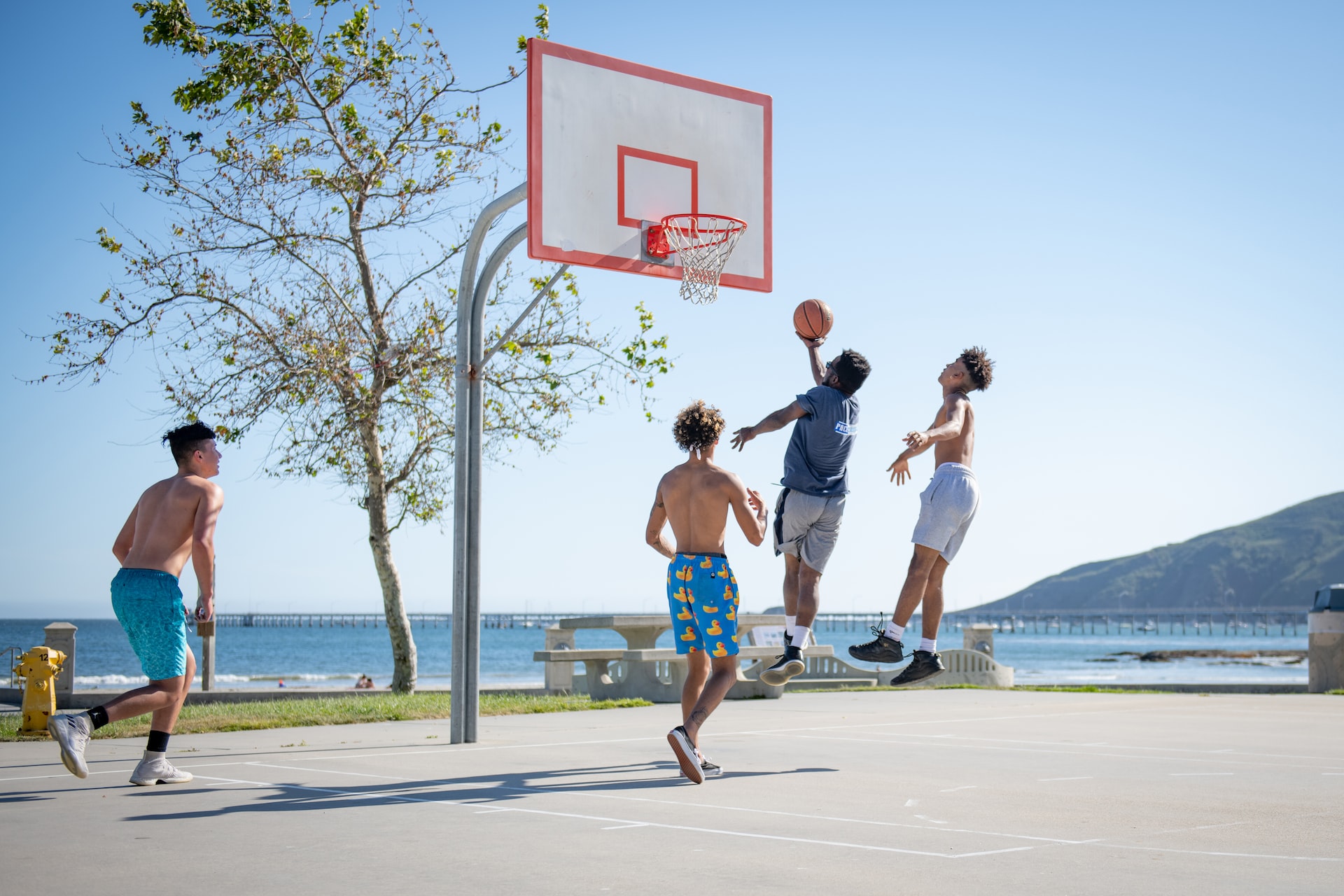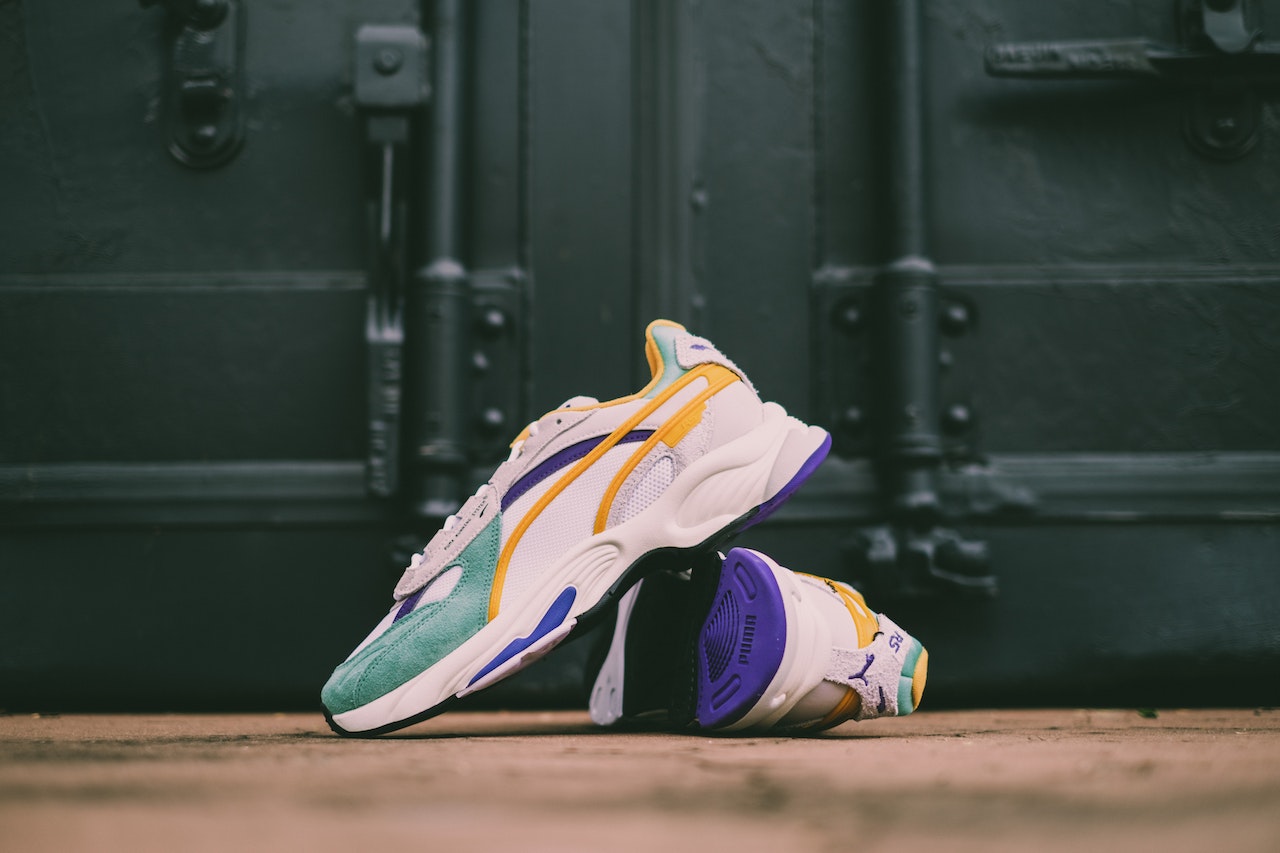Snow shoes are heavy. A pair of snow shoes weighs between four and five pounds, so most winter hikers are happy when they don't have to carry them. But how do you know when you don't need them? This is a question that many winter hikers find hard to answer. When you think about all the gear, clothes, hot water, and food you need to go hiking in the winter, losing those five pounds of snowshoes seems like a good idea. It takes less energy and is much more comfortable to hike without them on your back or feet. Bogs Promo Code has a wide range of snow shoes for everyone.
Flotation:
The main reason to wear snowshoes is so you don't sink into the snow when you're hiking. When hikers without snowshoes try to cross soft snow without snowshoes, they can sink up to their knees or waists. This is called "post-holing." Post-holing is hard work and makes you sweat a lot, which can make you cold in the winter and make you sick. Post-holing can also be dangerous for the people who come after you on a trail because it makes the ground uneven and leaves holes where people could trip or fall and twist an ankle or knee. For proper winter hiking etiquette, you should wear snowshoes so you don't sink into holes.
Broken Out Trails
The larger surface area of a snowshoe deck helps spread your weight across the snow so you don't sink into it, use less energy, and sweat less. It also flattens the trail in the same way so that other hikers can use it safely after you. As more and more snowshoers and hikers go over it, it will get firmer and possibly even icy. "Broken out" is the term for trails that have been used a lot.
Details About The Snow Depth
If you want to hike on a trail but can't find recent information about its condition, try to find a snow depth report for the area around the trail. NOAA puts out a report on snow depth that shows how deep the snow pack is and how much snow has fallen recently. If you type in a location (town and state), it will show you all the observations it has for the area around that location. Some outdoor clubs and ski areas also publish snow stake depths (measured with a yardstick) and recent snowfall totals, which can help you guess how much powder you'll find on your hike.
Barebooting
If you can find a trail that has been broken up, you can probably do it in bare feet. Barebooting means hiking without snowshoes or microspikes and using only the lugs on the bottom of your boots for grip. If it has snowed since the last time a well-packed trail was hiked, you can probably still hike it without snowshoes as long as the new snow is only a few inches deep and well below your ankles. Much higher, and you might find it easier to walk on snowshoes because they help you float. you can use the snow shoes at a discounted price by using the Vans Black Friday Promo Code.
How to Get Ready to Snow Shoes
Use the right boots and socks: The good news is that snowshoes can be changed to fit almost any kind of shoe or boot. So, the most important thing is to wear shoes that keep your feet warm and dry. Insulated, waterproof winter boots with thick soles and rubber or leather uppers are best, but sturdy, waterproof leather hiking boots can also work. Wool or synthetic socks that wick sweat are a must, and you should bring an extra pair in case the ones you have get wet.
A Woman Snowshoeing Zips Up Her Jacket.
- Dress in layers (that aren't made of cotton). When you work out outside, you should always dress in layers so you can change your clothes to fit your activity level and the weather. Avoid cotton because it can get wet and make you cold. Instead, choose styles made of synthetics or wool, which wick away moisture and keep you warm even when they are wet. Cross-country ski clothing is made for aerobic activities in the winter and can also be used for snowshoeing.
- Base layer: Choose a base layer that is light or medium weight based on the weather forecast and how active you will be. A zippered top lets you cool off when you get too hot and keep warm when you stop.
- Mid-layer: Soft-shell jackets and pants are good mid-layers because they keep heat even when wet, they are easy to move in, and they let you breathe while you work out. In a pinch, polyester fleece mid-layers can also work.
- Outer layer: Choose a shell jacket and pants that are waterproof and breathable to keep you dry and keep the wind away. Pit zips are a good way to let in more air because you'll be sweating and don't want to get too hot.
Read More Blogs: 5 Stylish Sandals that are Trending these days






